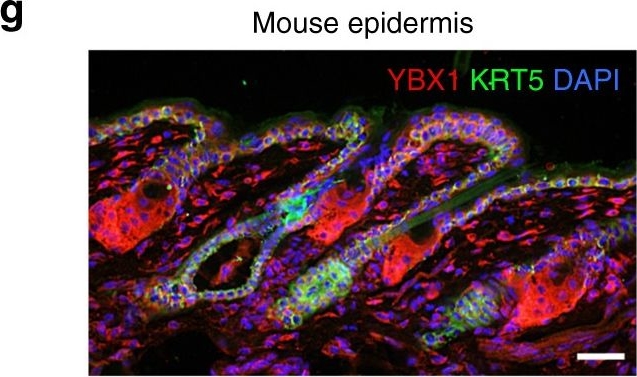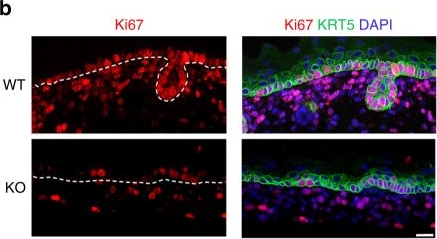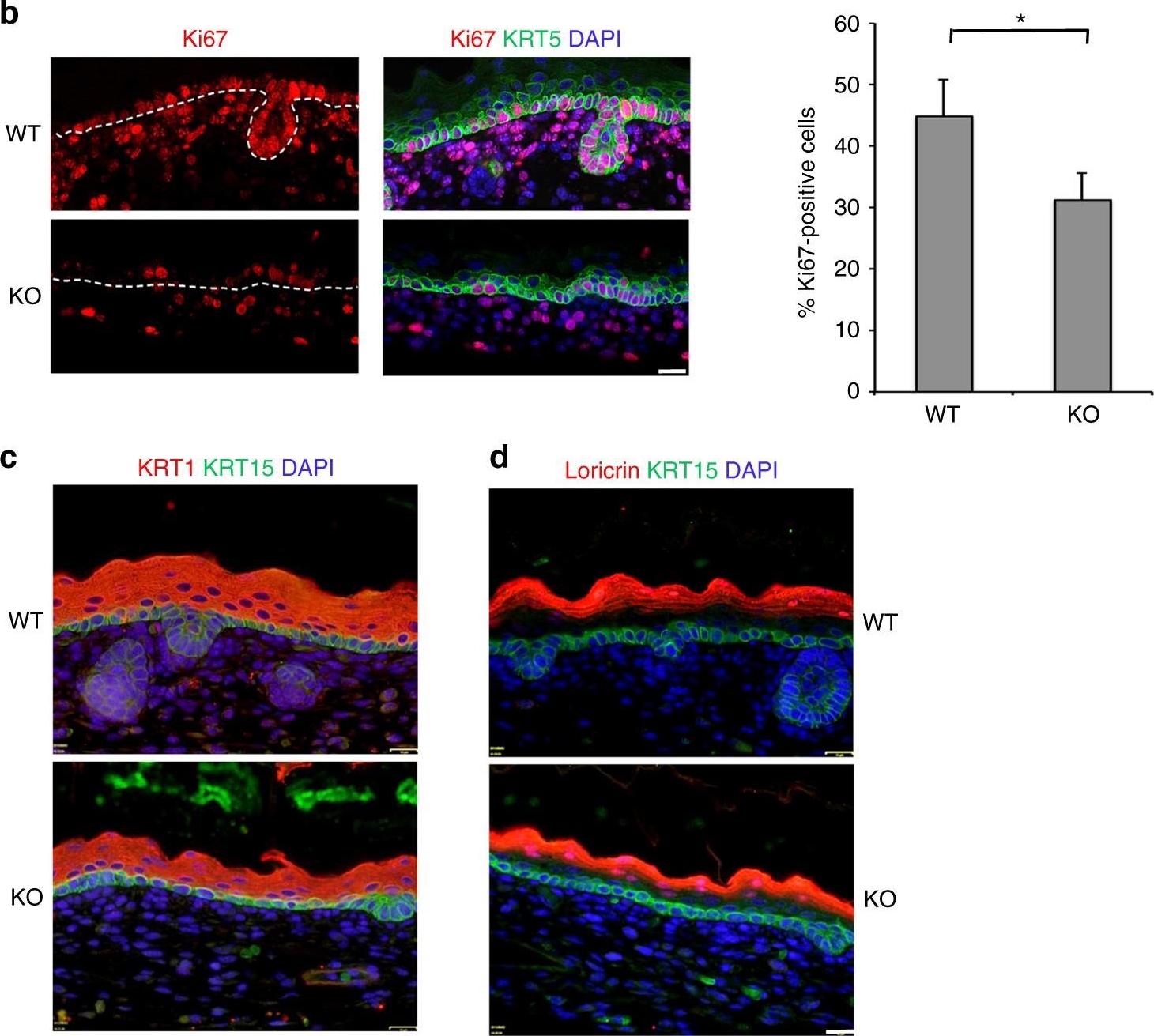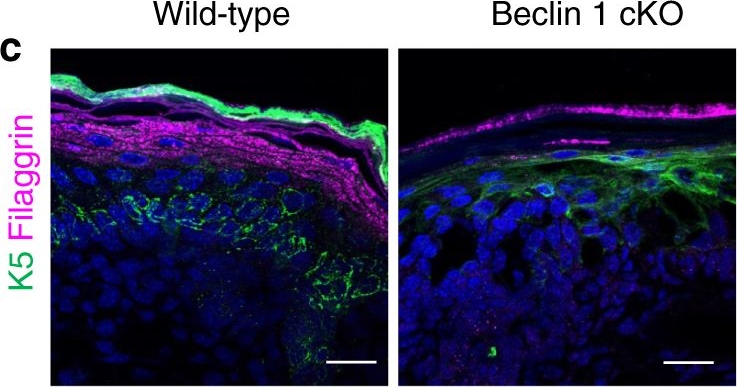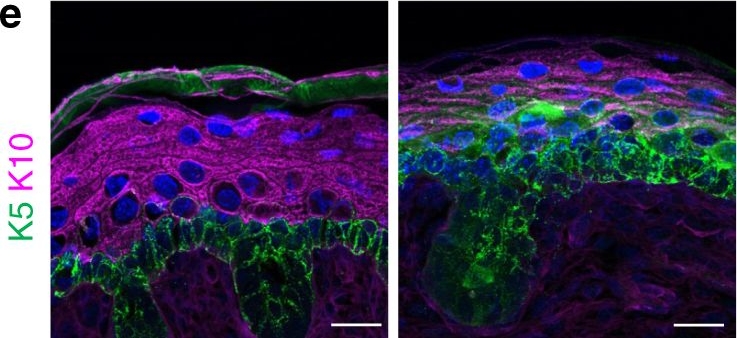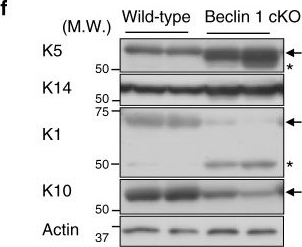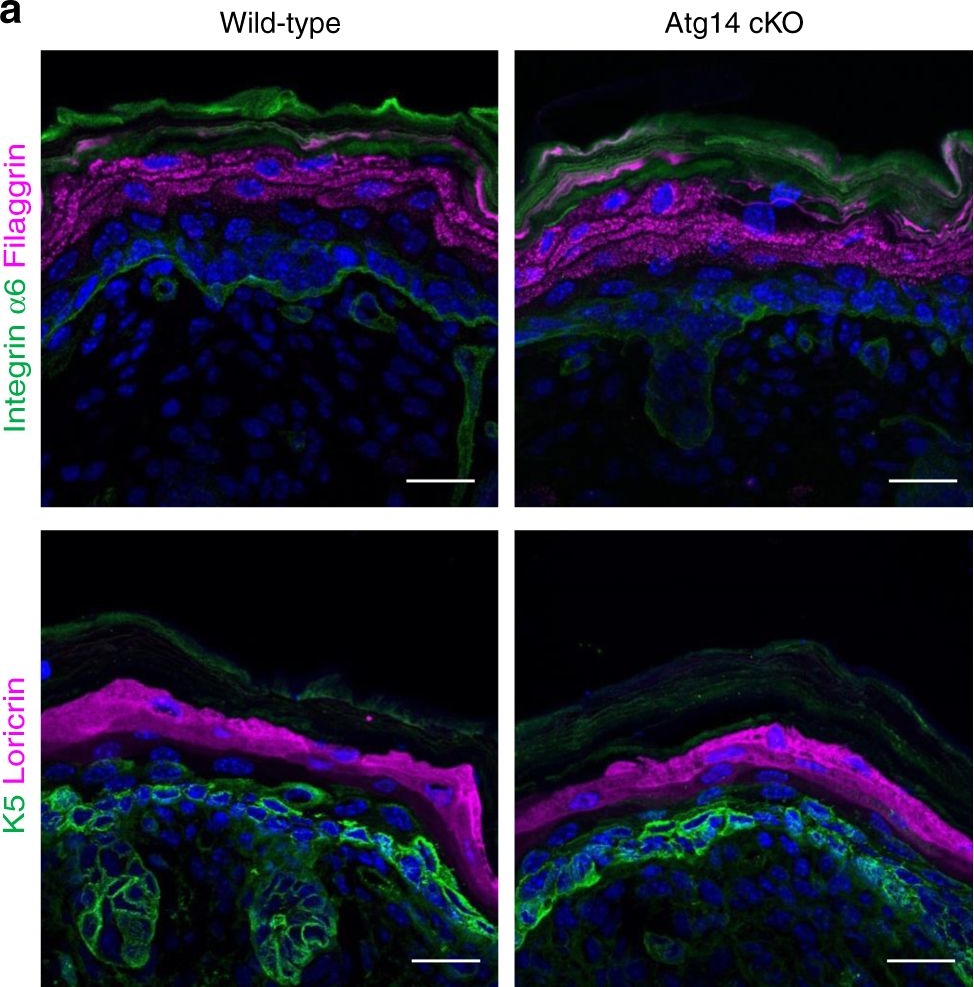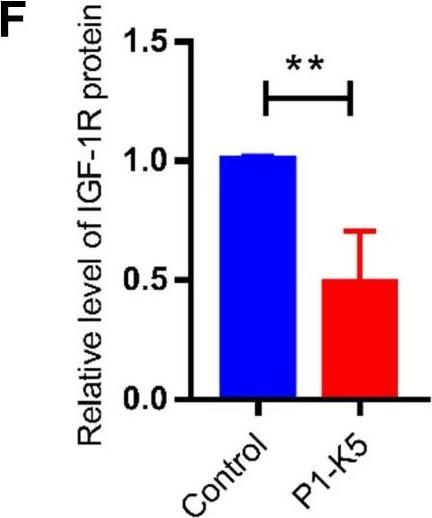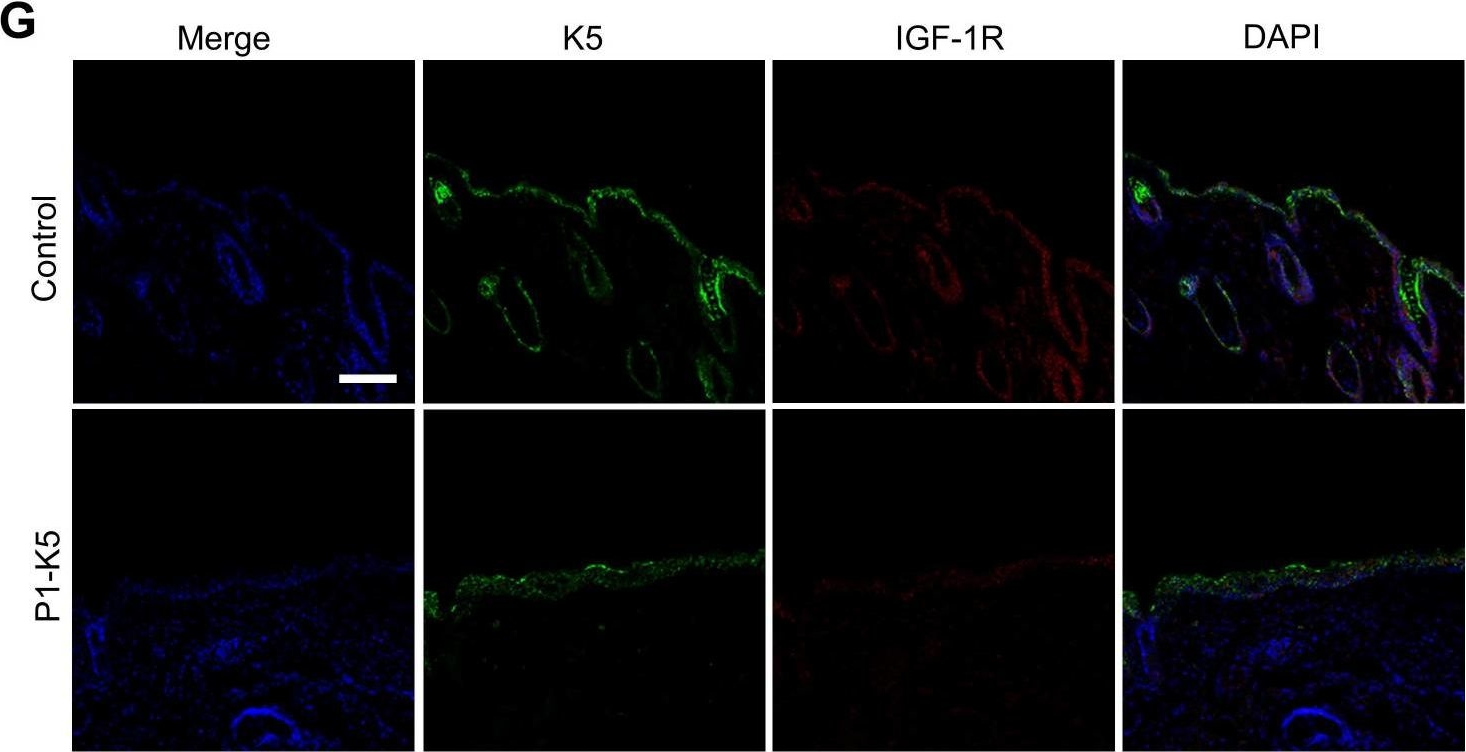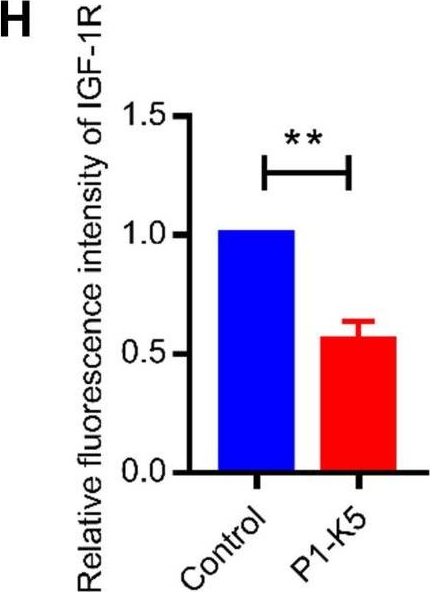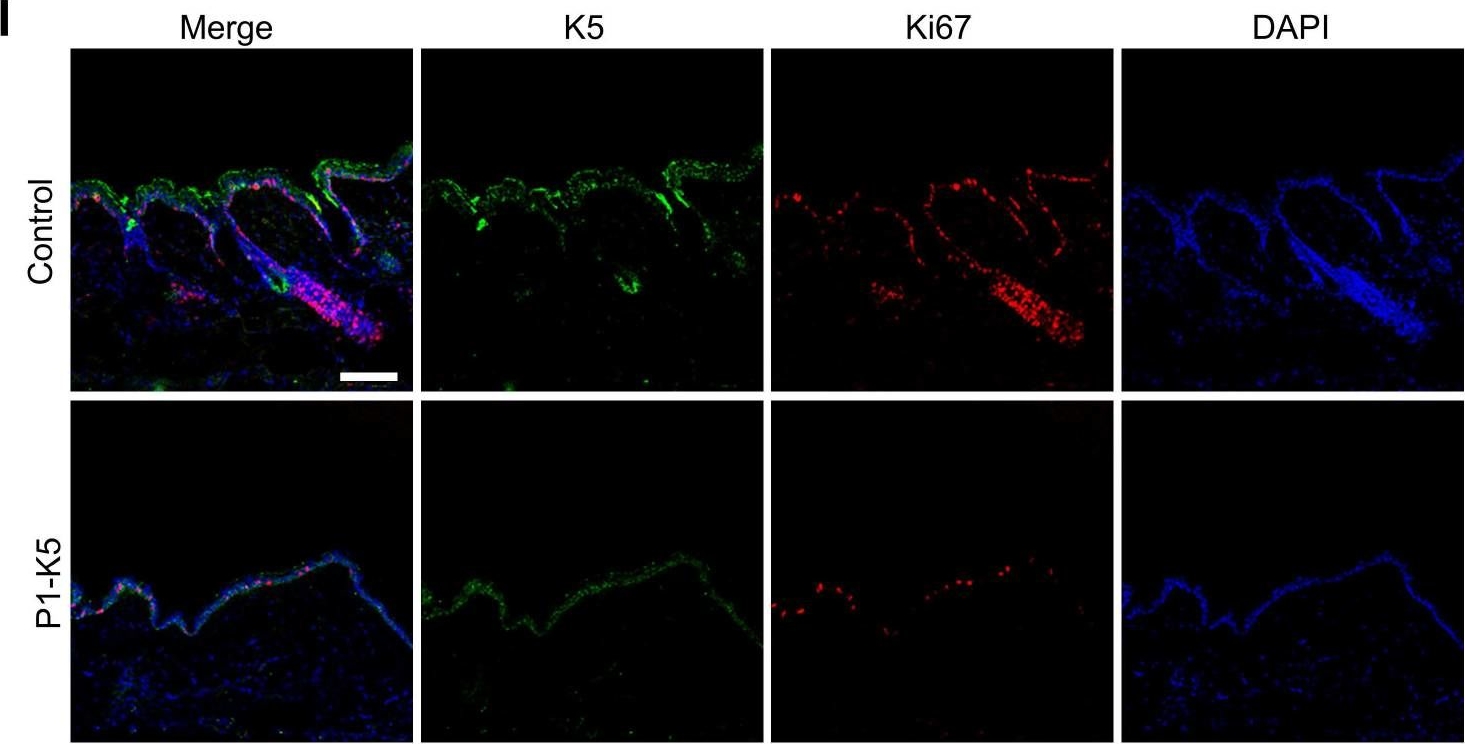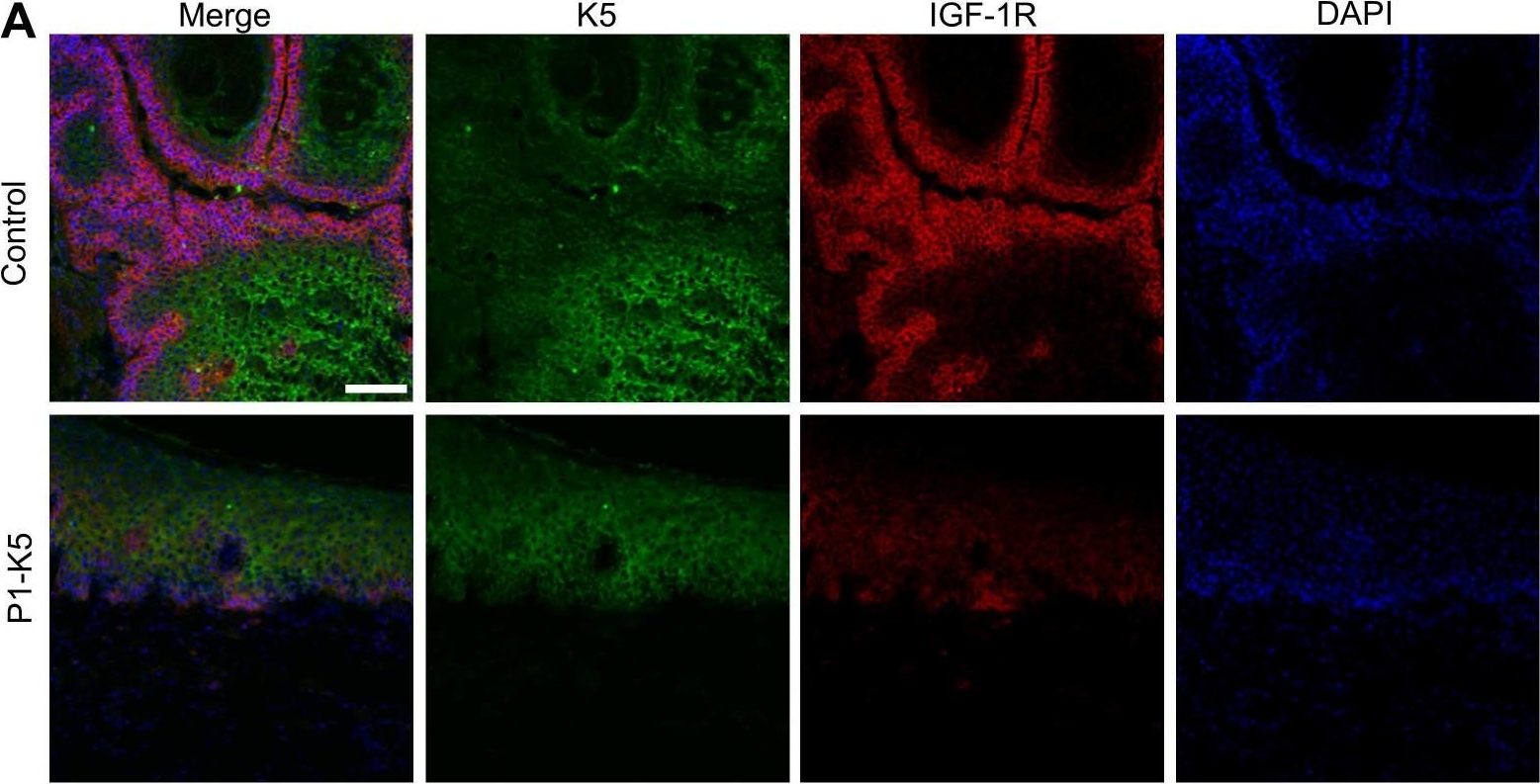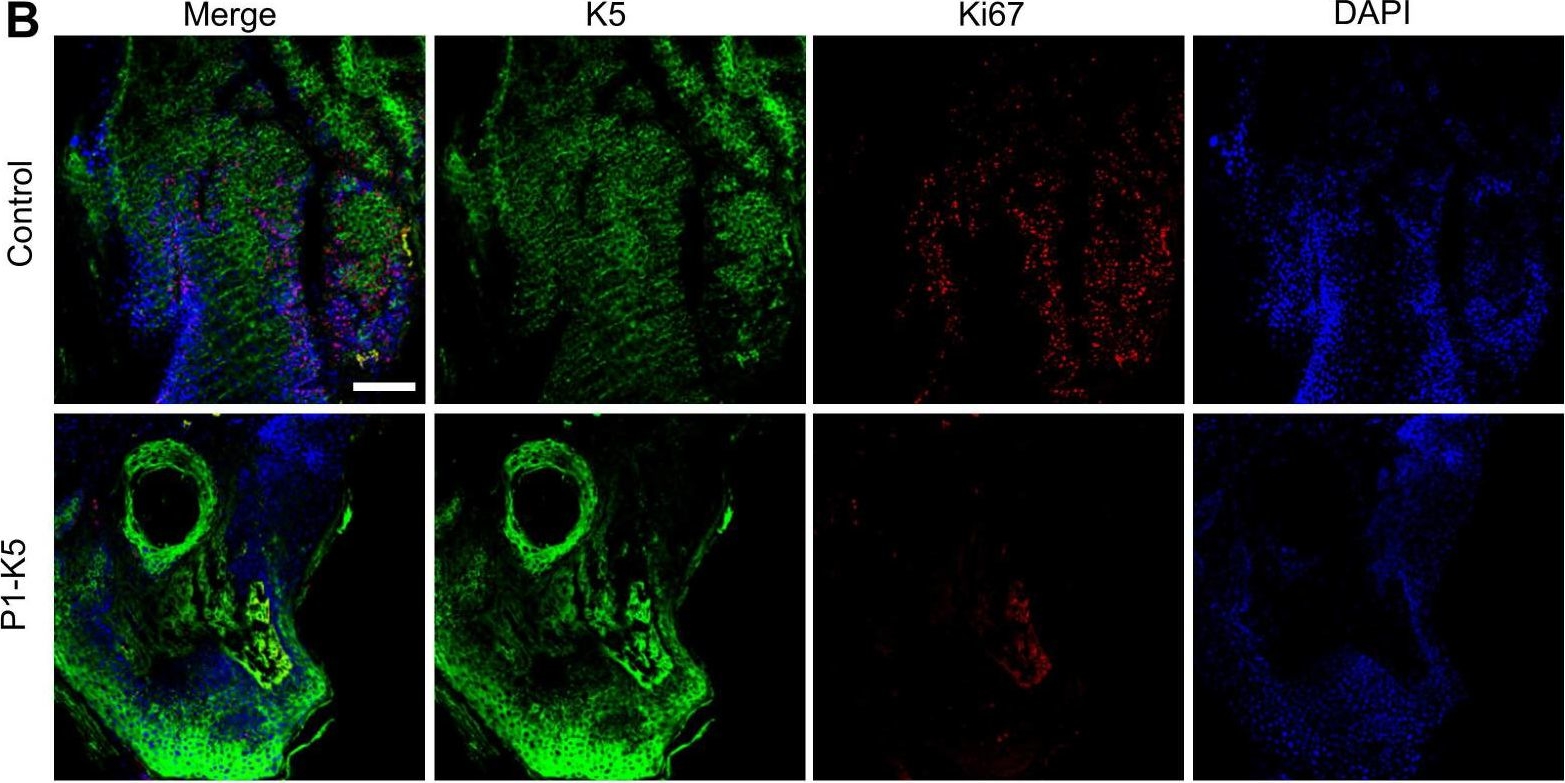Guinea Pig Polyclonal Anti-Keratin K5
| Quantity | 100 µl |
|---|---|
| Antibody Type | Polyclonal |
| Host | Guinea pig |
| Conjugate | Unconjugated |
| Application | IHC, WB |
| Purification | Stabilized antiserum |
| Reactivity | Bovine, Human, Mouse |
| Storage | Short term at 2-8°C; long term storage in aliquots at -20°C; avoid freeze/thaw cycles |
| Intended use | Research use only |
| Immunogen | Recombinant human keratin K5 |
| Formulation | Contains 0.09% sodium azide and 0.5% BSA |
| UniprotID | Q5XQN5 (Bovine), Q7RTS7 (Human), Q922U2 (Mouse) |
| Synonym | Keratin, type II cytoskeletal 74, Cytokeratin-74, CK-74, Keratin-5c, K5C, Keratin-74, K74, Type II inner root sheath-specific keratin-K6irs4, Type-II keratin Kb37, KRT74, K6IRS4, KB37, KRT5C, KRT6IRS4 |
| Note | Centrifuge prior to opening |
| Tested applications | Tested dilutions |
|---|---|
| Immunohistochemistry (IHC) - frozen | 1:100 |
| Immunohistochemistry (IHC) - paraffin | 1:50 (microwave treatment recommended) |
| Western Blot (WB) | 1:1,500-1:5,000 |
Basic keratin K5 (Mr 58,000; formerly also designated cytokeratin 5), expressed in basal and first suprabasal layers of epidermis. Highly specific staining pattern in human and murine skin sections.
Tumors Specifically Detected: The antiserum reacts with keratin K5, expressed in the basal cells of the larynx, esophagus, trachea, bladder, cervix, vagina, breast acini, skin and sweat glands.
In several studies the correlation between the expression of keratin K5 in different types of carcinomas (putatively derived from basal epithelial cells) and prognosis has been discussed (see publications).
You might also be interested by the following products:
Cat#
Description
Cond.
Price Bef. VAT























